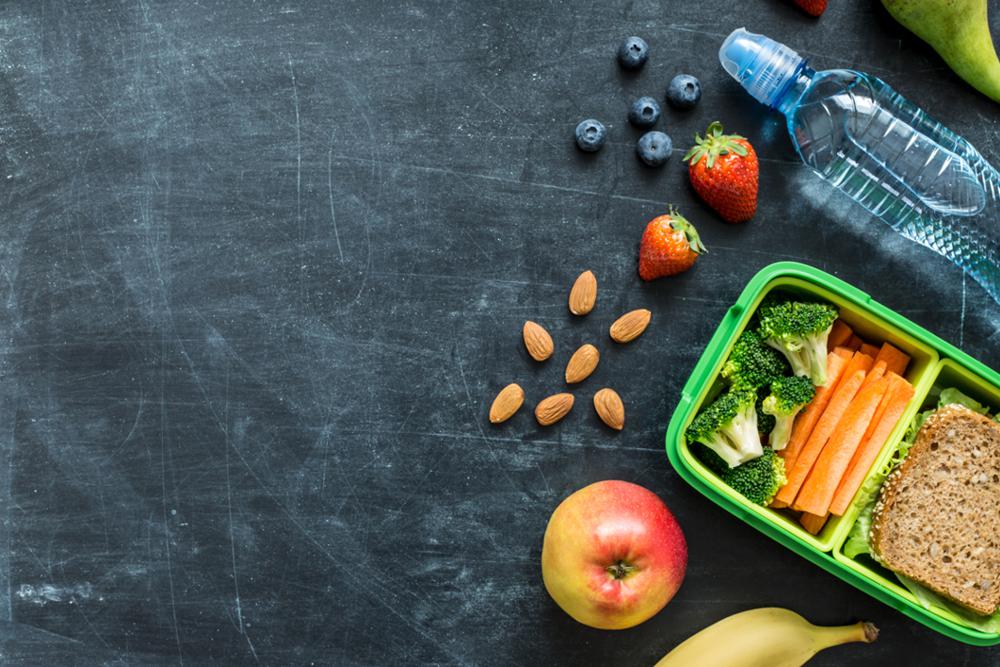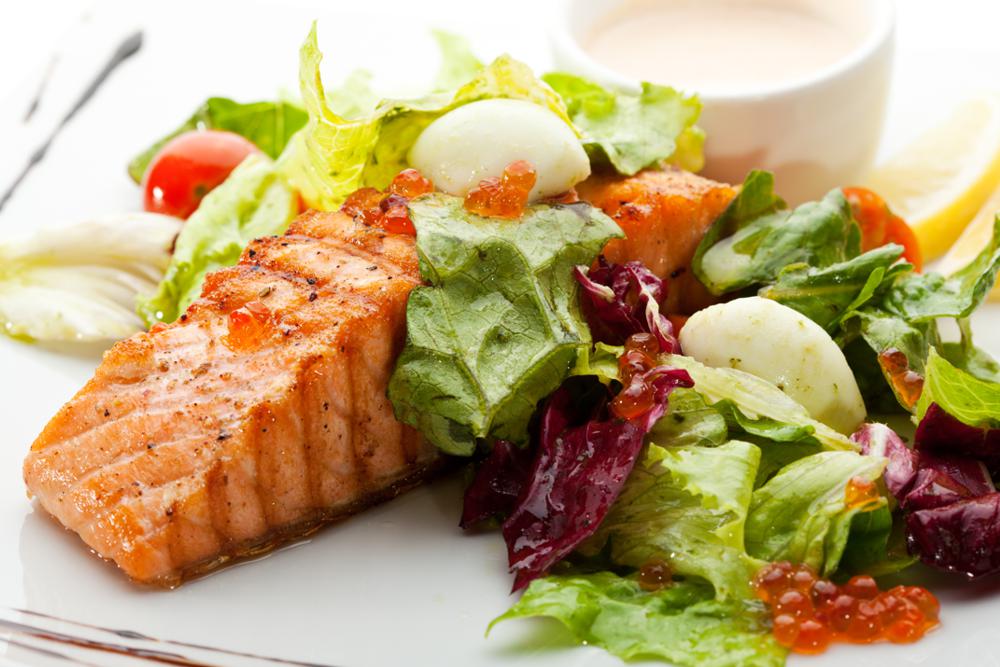8 Shortcuts to Eating Healthy

Healthy eating doesn’t have to be difficult. Here are 8 of the best shortcuts to keep your healthy habits in check!
Focus on the food, not the nutrients. Stop counting grams of fat or protein and stressing over carbs and sugar. Once you take the focus away from nutrients and eat a diet based primarily on real (whole) foods, you get the nutrients you need. Think fruit, veg, nuts, legumes, wholegrains and lean meat or fish.
Build a better plate
The most nourishing meals have a balance of items from different food groups. Fill half your plate with fruit and vegetables (the more color the better). Choose a quality carb (e.g. 1-2 servings muesli, brown rice, quinoa or barley), and one-quarter lean protein: red meat, skinless chicken, fish, legumes or tofu. Stick to this ratio and you eat a healthy, balanced meal each time.
Eat food as nature intended
The longer the ingredient list, the more likely the food is highly processed – most often with sugar, salt, fat and artificial additives. If you can’t pronounce it, you probably shouldn’t eat it.
Reconsider your drink
Whether it’s a protein shake or superfood smoothie, many people don’t realize just how many calories beverages can contribute to their daily intake. Whole fruits and vegetables are much more filling than juice, you’ll probably consume fewer calories with these choices. When it comes to quenching thirst, water is your best option.
Be consistent
Missing a meal not only means you’ll run out of energy, but you’ll probably indulge in larger portions and snack mindlessly at a later time in the day. Planned meals are more likely to include necessary nutrients, whereas eating at irregular times can leave you eating the first thing in sight (not necessarily the healthiest choice). Whether you eat three large or five small meals a day, find what works best for you and stick with it.

Snack with purpose
There’s a large difference between mindless eating and strategic snacking. Snacking with purpose means keeping blood sugar and energy levels steady and filling the nutritional gaps, not an opportunity to overeat because you’re bored or stressed.
Schedule a cheat day
Try applying the 80/20 rule, where 80 per cent of the time you eat healthy, nourishing food, and the remaining 20 per cent, you allow yourself to eat whatever you want, during which time you savor every bite and get on with your life. Remember, no food is ‘forbidden’.
Eat mindfully
While you may feel too busy to sit down and take a break, you owe it to your body to give it the time and nourishment it deserves. Each time you eat, slow down, chew thoroughly and taste the food. Not only will you enjoy it more, but enjoying every bite gives the brain enough time to send fullness signals.